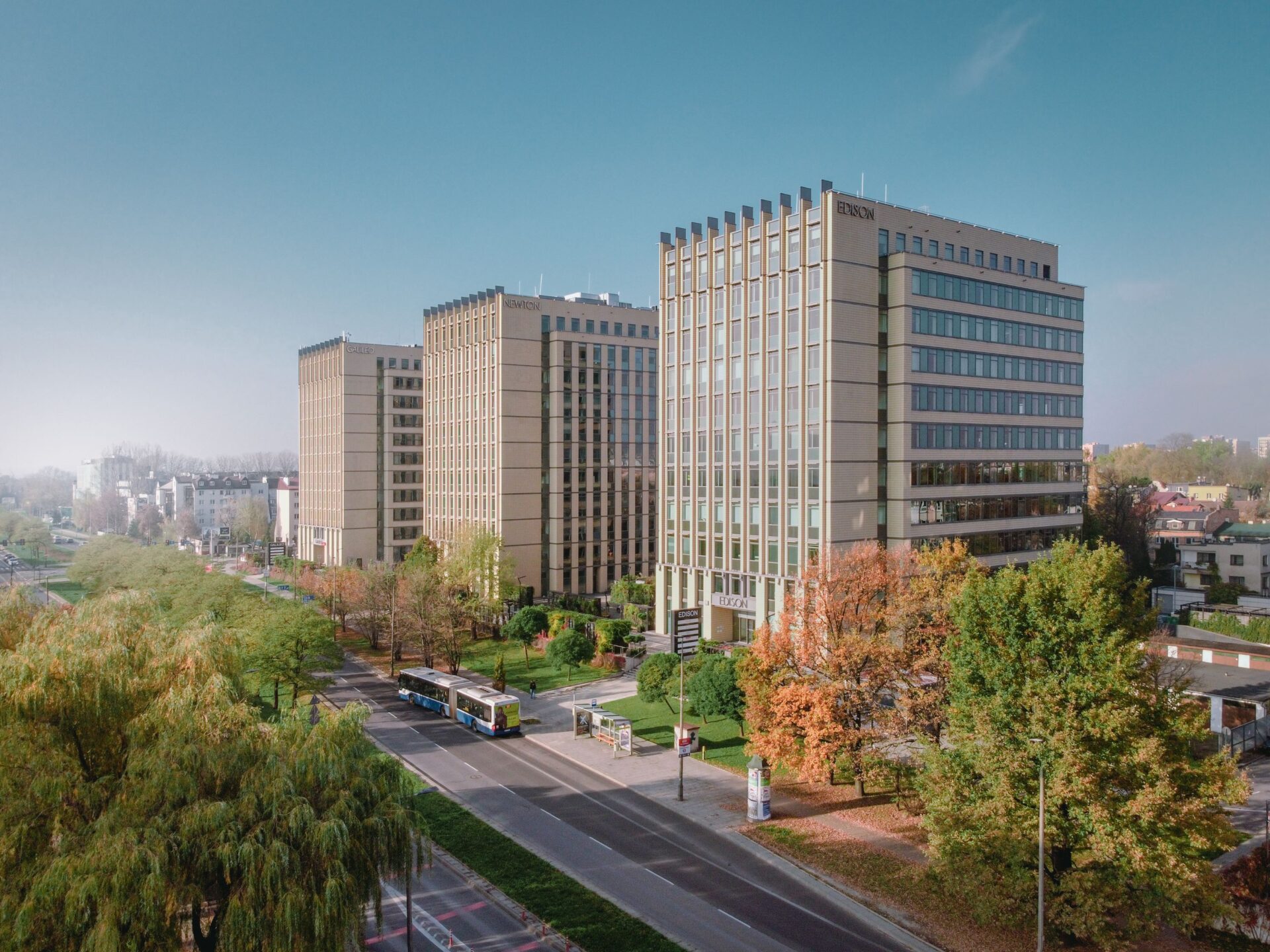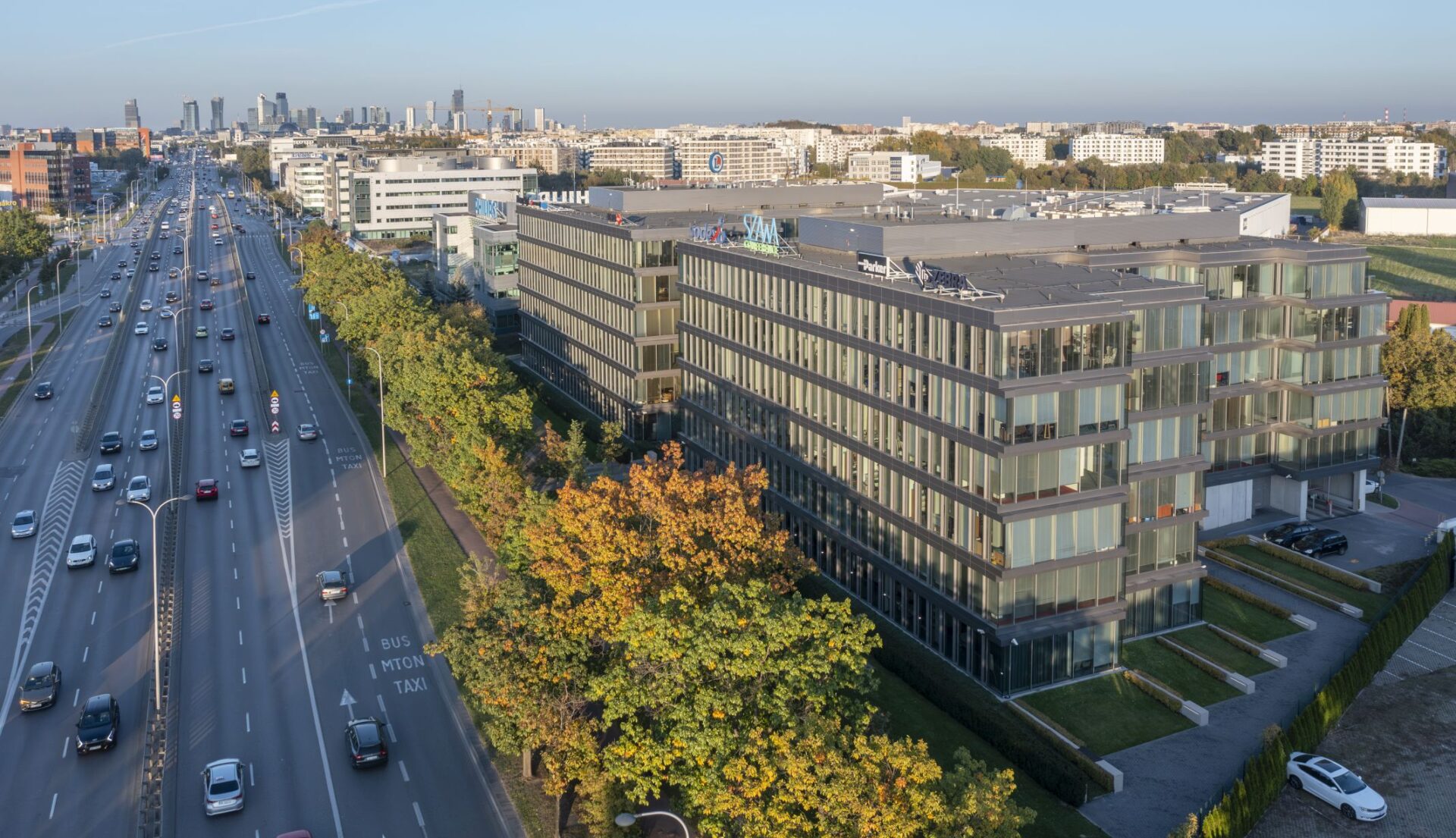A new report on the future of the office by the Urban Land Institute (ULI) and The Instant Group finds that while offices are here to stay, the sector is in ‘a full state of flux.’
Analysis from the global survey proves that occupiers are still trying to figure out the impact of new activity-based workplace (ABW) strategies and hybrid working patterns, leading to demands for a flexible approach from landlords who, at the same time, are trying to cope with cyclical challenges following increasing interest rates, ongoing high inflation and construction costs.
As part of the report, 285 office occupiers, landlords and third-party advisors in North America, Europe, Asia Pacific, the Middle East and South America responded to a survey. In addition, in-depth interviews with leading industry experts and two roundtables were held, to shed light on changing occupier demands, the response from landlords and the impact on their business models.
While the office has a key role to play in occupiers’ workplace strategies in conveying the corporate culture, stimulating collaboration and mentoring new and younger team members, the report reveals that now only 14 percent of occupiers believe their existing workspace portfolios align completely with their business objectives and strategies.
According to research carried out by The Instant Group, demand for flex office space has increased 29 percent globally since the pandemic, in response to these changing demands.
And in parallel, the study shows that landlords (80 percent) even more so than occupiers (75 percent) expect greater lease flexibility and agility over the next five years. There are regional and sector variations on what that flexibility should look like but most agreement exists around new lease structures that allow occupiers to grow and shrink their office footprint within a single contract. “In a sense, the leasing relationship will need to become more of a partnership between the landlord and occupier,” suggests Craig Hughes, The Instant Group.
The demand for shorter more flexible leases and pay-per-use services calls for business model reinventions: 62 percent of landlords expect a decrease in capital values with the current valuation model, which only awards long-term contracts. With the office provider evolving from a space to space-as-a-service approach focusing on the operational management of buildings, a new approach to real estate valuations is needed. Valuations need to acknowledge the value of providing additional services and amenities, building partnerships between landlords and occupiers and a strong brand and reputation, while also recognising the impact of flexibility and varying lease lengths.
For landlords, the time to improve energy efficiency is now. While ESG is a major focus for occupiers, less than 2 percent of asset owners feel they have the required capex to respond to ESG legislation-related requirements. With occupiers focused on reducing overall occupancy costs, improved energy efficiency is a prerequisite for landlords to retain tenants and preserve rental income. Tech features, like monitoring occupancy and energy efficiency, that were previously “nice to have”, will now be necessary, with data capture essential to boosting transparency and achieving net zero targets.
ULI Europe CEO Lisette van Doorn says, “Our study shows that despite the state of flux that the office market is in, physical workplaces remain key for businesses to attract and retain talent, convey corporate culture and enhance employee productivity. However, occupiers have not yet fully worked out how much space they would need and which types of spaces. As a result, they need a flexible approach from landlords partnering with them on this journey.
“At the same time, landlords are trying to work out the future in this perfect storm of structural demand changes with demand generally shifting to more flexible and energy-efficient spaces with access to amenities and services, while dealing with a lot of cyclical challenges, including increasing interest rates, high inflation and construction costs, limited availability of equity and debt, and higher capex requirements. With tenants critically reviewing their needs and the building attributes at lease expiry, landlords may not have the luxury for the market to improve but might need to act quite soon to preserve rental income.”
Craig Hughes, CEO of Partnerships at The Instant Group, says, “It is clear that there is a real opportunity for asset owners to deliver a fundamental change in the office market. The research shows that landlords will significantly benefit from discovering how to meet occupiers’ rapidly evolving demands for sustainable, flexible and amenity-rich spaces. By better aligning to occupier expectations and incorporating flexible workspace products and services into portfolios, we estimate owners can realise a potential 30% uplift of net operating income whilst also building stronger customer relationships. We are at a critical junction for flexible workspace, with demand far outstripping supply. Landlords that act quickly to integrate flexibility in an under-supplied market and put sustainability at the core of their assets will be best positioned to capitalise on the market opportunity.”







